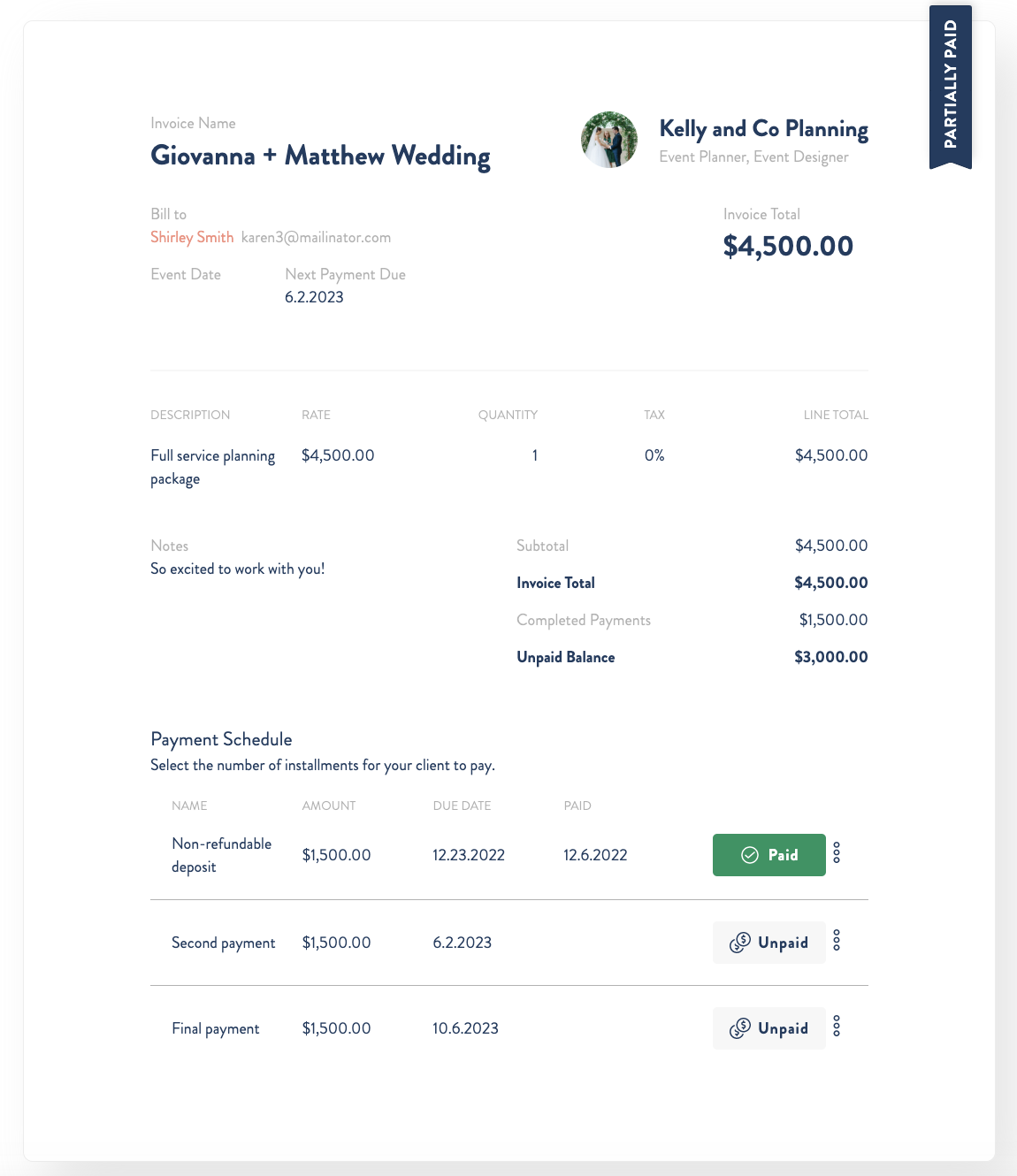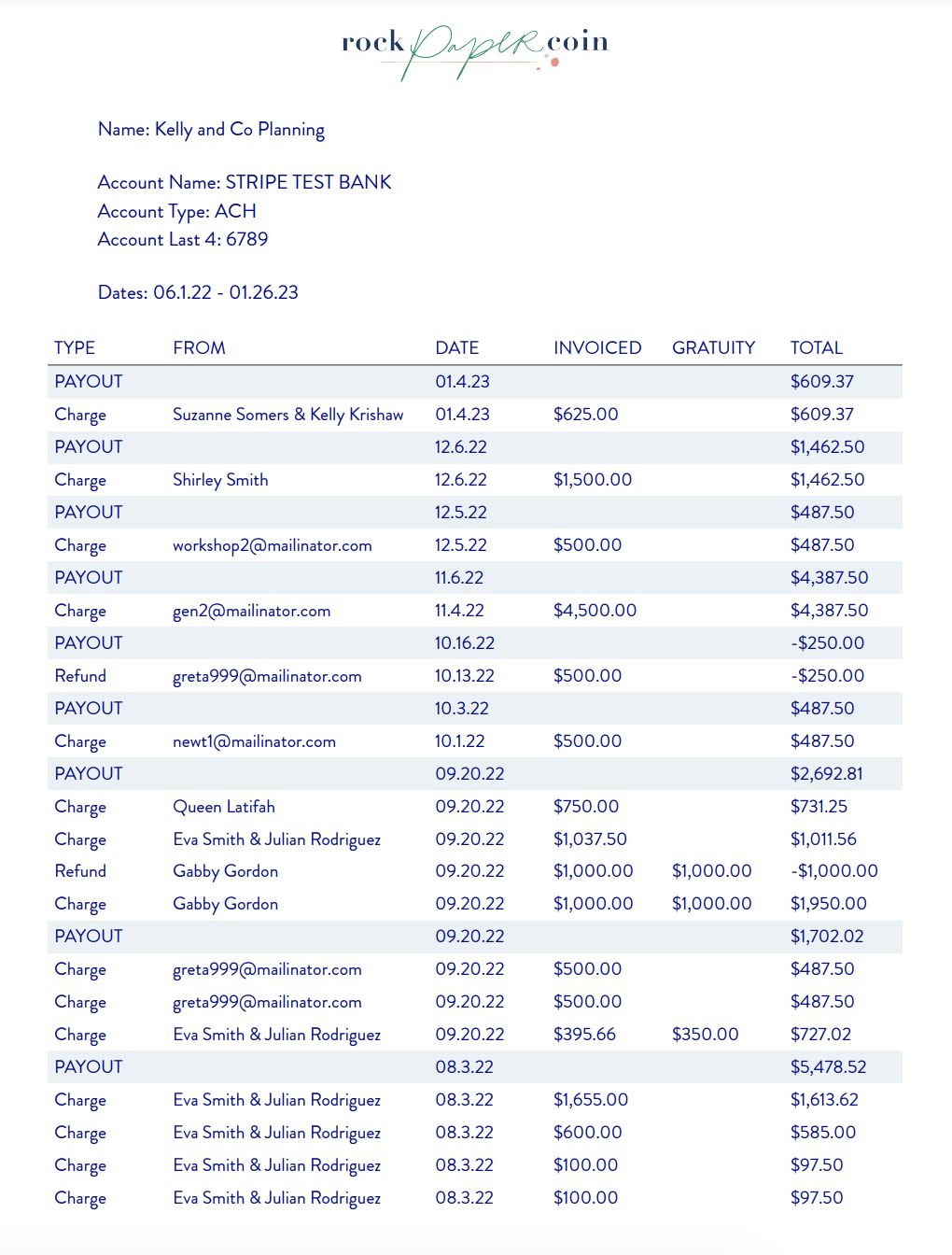There are all sorts of documents you become aware of as you build a business in any industry. From business plans and contracts to statements of information, there are a lot of things you need to have as proof of certain things you’re doing—and receiving money is definitely one. But as you start to send and receive invoices for both the services you provide and hire out for, the line between asking for money and proof of payment can sometimes be a bit blurred.
So, we wanted to make sure you’re doing your business right when it comes to answering the question, “Are invoices receipts?” Read on to learn what the answer is and get our advice to help you stay organized.
Receipts vs Invoices
Let’s start by going over the basics. A receipt is a proof of payment for goods and services someone has purchased and usually includes detailed information about what they received: what exactly was purchased (a good or service), when it was bought or paid for, and how much it cost. On the other hand, invoices are a request for payment. They detail the goods and services that have or are going to be provided, how much they cost, and any taxes or fees associated with them.
Here is an example of an invoice you can send from Rock Paper Coin.

Here is an example of a receipt once a payment is received in Rock Paper Coin.

So, are invoices receipts? In short—no, invoices are not receipts. While they’re both documents that are related to money, invoices serve a different purpose than receipts do (they ask for a sum of money whereas a receipt is proof of that sum of money exchanging hands).
And it’s important to recognize the differences between them and use each one appropriately in order to keep your business organized and ensure you get paid for the services or goods you provide. Where we see people getting mixed up is by thinking an invoice proves a payment has been made—in reality, it just proves that payment is being requested. So resist the urge to download an unpaid invoice as proof of anything since you don’t officially have a receipt until the invoice has been paid.
Why are receipts important in business accounting?
Receipts are important in business accounting because they provide an accurate and detailed record of the income your business has received. This helps you keep track of how much money is coming in, analyze your sales, track spending habits (which are hopefully deductions), and serve as proof that customers have paid for the goods or services they purchased. Receipts are also helpful to have in case you, your customers or the IRS need them for future reference.
Tips for organizing business receipts
Organizing business receipts can seem like a daunting task—and it is if you don’t keep on top of things. The key is to create a routine, and we have some tips to help make it easier!
1. Set aside time: Make sure you set aside some time each week or month to take care of organizing your receipts. This will prevent them from piling up and making the process more overwhelming than it needs to be.
2. Create categories: Before you start organizing, create a few basic categories that will help break down your receipts into more manageable chunks. This can include things like date, vendor/customer name, type of purchase/service rendered, etc. Whether you are using folder to organize physical receipts, email folders to organize the confirmations you get or folders in something like Dropbox, these categories make it easy to find receipts in the future if you need to.
3. Digitize everything: Having physical records is great but it creates the need for actual storage space (especially when you think about keeping everything for at least 6 years in case of an audit). So our recommendation is to scan or take photos of your physical receipts and file them in either Dropbox or Google Drive.
Why invoices are important for your business
Invoices are important for your business because they are a legal document that prove you provided certain goods or services and expect to be paid for them. It’s also important to note that an invoice is binding, meaning that it can help you make sure customers don’t forget to pay you or dispute charges after the fact (because they’ve already agreed to pay the stated amount as you laid it out in your contract). This helps ensure you receive payments on time, as well as keeps your business organized in terms of knowing how much money you’re owed and when.
Tips for sending invoices
Now that you know the difference between an invoice and a receipt, let’s go over some of our best practices when it comes to sending invoices.
1. Start by including your contact information at the top of the invoice. That way, if any questions arise or confusion sets in, it will be easy for the customer to contact you (even though they should already have a way of contacting you since you’re working together).
2. Make sure to include a detailed list of the services or goods that were provided, including any taxes and fees associated with them.
3. Specify your payment terms, such as when the invoice is due and what methods of payment are accepted (i.e., check, cash, credit/debit card).
4. Include a line or two that states the invoice is due and payable on receipt, so the customer can’t use it as a receipt if they haven’t paid yet.
5. Send your invoices online with an option to pay online because it helps create a “paper” trail and makes it easier for someone to pay it (and for you to get paid!).
Looking for ways to keep your invoices and payment receipts organized? That’s exactly what we do here at Rock Paper Coin! Learn more about our online invoices and payment processing, and start your free trial today!



